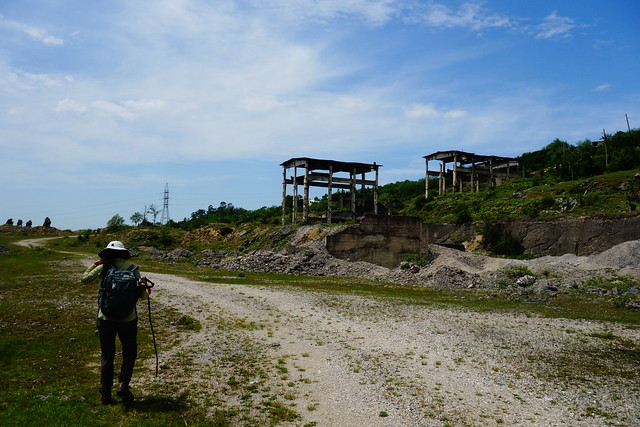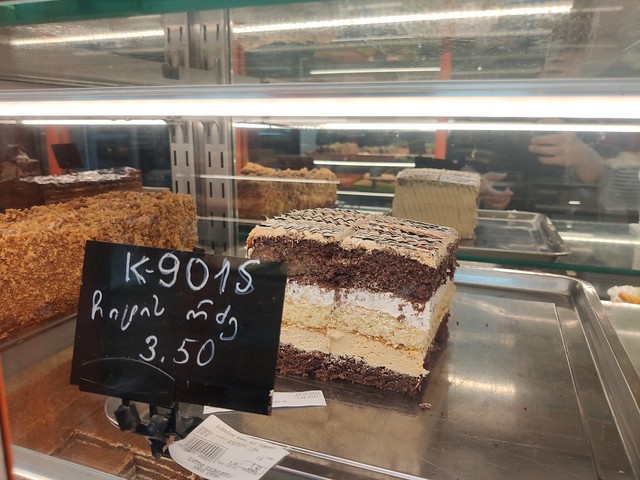We came to Kutaisi to check off two UNESCO monasteries. The Bagrati Cathedral, begun in the 11th century and now almost completely reconstructed, is practically new, devoid of patina or frescos, but is of great historical significance to Georgians. The Gelati Monastery, on the other hand, is covered in frescos and even mosaics, but also thick scaffolding that obscured the majority of the fresco. Such is luck.
We then had a nice walk back to Kutaisi via the Motsameta Monastery, set on a cliff on an oxbow of the Tskaltsitela River.
The view from the marshrutka (private minibus) as we drive south out of Mestia.


We arrived in Kataitis around 2pm and had plenty of time to walk around the compact downtown before dinner: fountain, market, former cinema, and a government building with beautiful columns.




And then up to Bagrati Cathedral on a hill across the river with good views of Kutaisi.




Inside the cathedral, the sound of the choir was mesmirizing. Watch the 30-second video (first below) or click here.

Our guesthouse had a common kitchen so dinner was takeout + pierogis from the supermarket, and a glass of Georgian wine.

Gelati Monastery was thick with scaffolding and full of frescos. The first marshrutka left Kutaisi at 7:00 and we were on it, arriving at the monsterary before it officially opened.





The tomb of King David the Builder.

First time we've seen a fresco depicting the "Suicide by Hanging of Judas" .

Wikipedia: "A 12th-century masterpiece depicting the Virgin Mary holding the baby Jesus, dominates the apse of the main church". Bummer. We can barely see it.

Fresco of King David IV "The Builder" who funded the building of this monastery in 1106 AD.

The "usual" walking route from Gelati to Motsameta includes a section along the railroad tracks from which there is an unexpectedly astounding "oxbox view" of the Tskaltsitela River Gorge.



The Motsameta Monastery itself was ho-hum, but there were some great views; another oxbox (3rd below), and we ate our lunch on a bench in the covered bridge.



Leaving Motsmeta, we continued along the tracks, with views back to the monastery, to an abandoned quarry, finally emerging on the eastern edge of town from which it was an easy downhill back to our guesthouse.





No comments:
Post a Comment